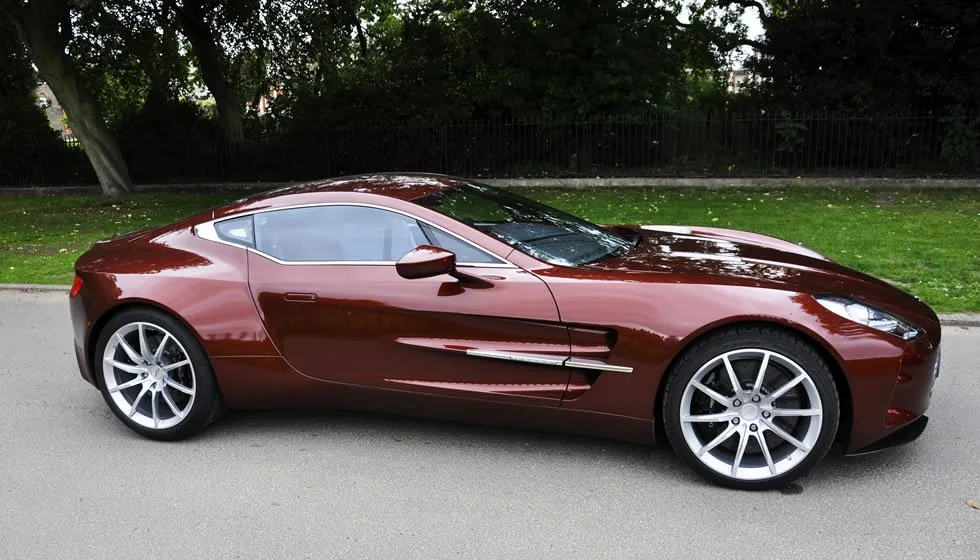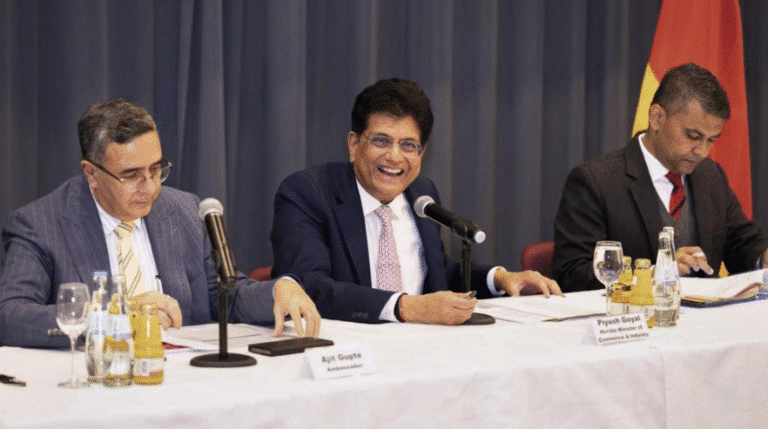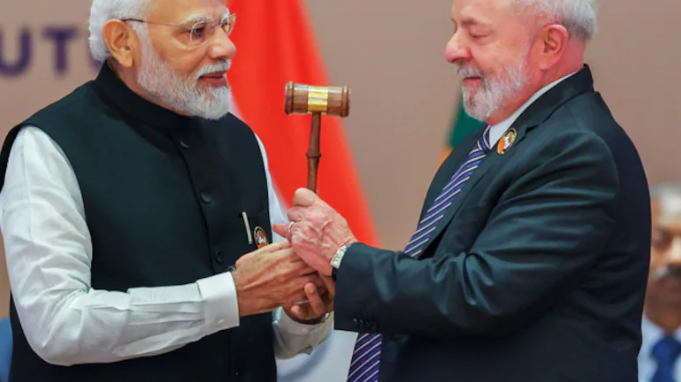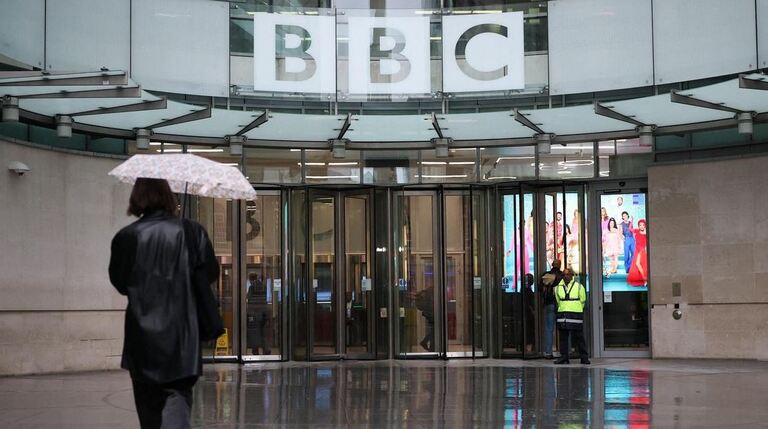India-UK FTA Set to Lower Import Tariffs on British Luxury Cars

In a significant boost for premium automobile buyers and the luxury vehicle market in India, the India-UK Comprehensive Economic and Trade Agreement (CETA) has paved the way for cheaper British-made luxury cars by introducing tariff-rate quotas (TRQs) on imports.
Currently, India imposes steep tariffs ranging from 70% to 110% on imported passenger vehicles, and 40% on trucks. However, under the new bilateral Free Trade Agreement (FTA), these rates are set to decline substantially for a limited number of imported vehicles from the UK.
Key Highlights of the India-UK CETA on Automobiles:
- Tariffs on Internal Combustion Engine (ICE) cars will drop to 30–50% in the first year, applicable to a quota of 20,000 units.
- Over a 15-year period, these tariffs will further fall to 10%, but with the quota adjusted down to 15,000 units.
- Out-of-quota ICE car imports will see reduced tariffs of 60–95% initially, going down to 45–50% from the tenth year onward.
- The agreement does not cover zero-emission vehicles (ZEVs) like electric or hybrid cars for duty reduction outside of the quota, which is expected to shield the domestic EV market.
Industry Safeguards and Strategic Balance
Auto industry executives confirmed that the inclusion of import quotas through the TRQ system is designed to prevent a flood of imports that could threaten the domestic automobile sector. By phasing the reductions and capping duty-free imports, the deal balances market access with the need to protect local manufacturers.
The absence of concessions for out-of-quota zero-emission vehicles also suggests a careful approach to supporting India’s growing EV ecosystem, which is still at a nascent stage compared to traditional automotive segments.
Strategic and Economic Impact
This trade arrangement marks a milestone in India’s global trade diplomacy, bringing high-end British automotive brands like Jaguar, Bentley, Rolls-Royce, and Aston Martin closer to Indian consumers. Lower tariffs could mean more competitive prices and a boost in luxury car sales across metropolitan cities.
The phased implementation further aligns with India’s long-term goals of economic growth, skills development, and expansion in the mobility and automotive sectors through strategic global partnerships.







